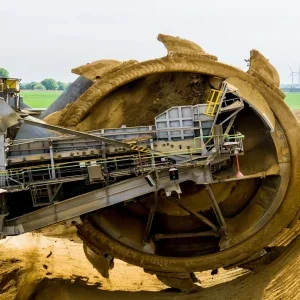Green Energy Partners developed the project and worked closely with Renewable Edge, LLC to construct and finance the 109.8 KW solar system.
As part of Green Energy Partners' effort to help small towns and boroughs build solar systems without requiring up-front capital investment, the project was financed with a 25-year power purchase agreement. In year 21-25 of the power purchase agreement the town has received a substantially reduced fixed rate of .0989 cents per watt which is expected to help save the Town tens of thousands of dollars over the course of the contract.
"Last year was a record-breaking year for solar energy deployment, and as adoption continues to increase, more and more Americans will be able to reap the benefits of clean energy," said William R. DePhillipo, founder of Green Energy Partners. "This solar project, also completed last year, will help the Town of Tusten save money by saving energy, while also benefitting the environment by avoiding harmful greenhouse gas emissions."
The ballasted ground-mount solar project, located on a quarter-acre of land at the Tusten Town Barn, is currently on-line and generating electricity. Annually, it is expected to generate 141,226 kilowatt hours (Kwh) of energy.
"The Town of Tusten and the Tusten Energy Committee are proud to be the first Township in Sullivan County to install a solar array to offset the towns energy needs," said Carol Ropke Wingert, Tusten Town Supervisor. "This groundbreaking accomplishment is providing green energy to all of our municipal buildings and facilities. We are inspiring other neighboring municipalities to follow suit and have been meeting with and providing assistance as requested. We would like to thank Green Energy Partners and Renewable Edge for their assistance in bringing this project to completion. Both companies have been professional and reliable throughout the entire installation and operations process."
The solar project is part of the town's effort to reduce greenhouse gas emissions as part of the New York State Department of Environmental Conservation's Climate Smart Communities program. Each year, the project is expected to avoid nearly 100 metric tons of carbon dioxide emissions, which is equivalent to the annual energy use of 10 average American homes, or to recycling more than 30 tons of waste annually instead of sending it to a landfill.






